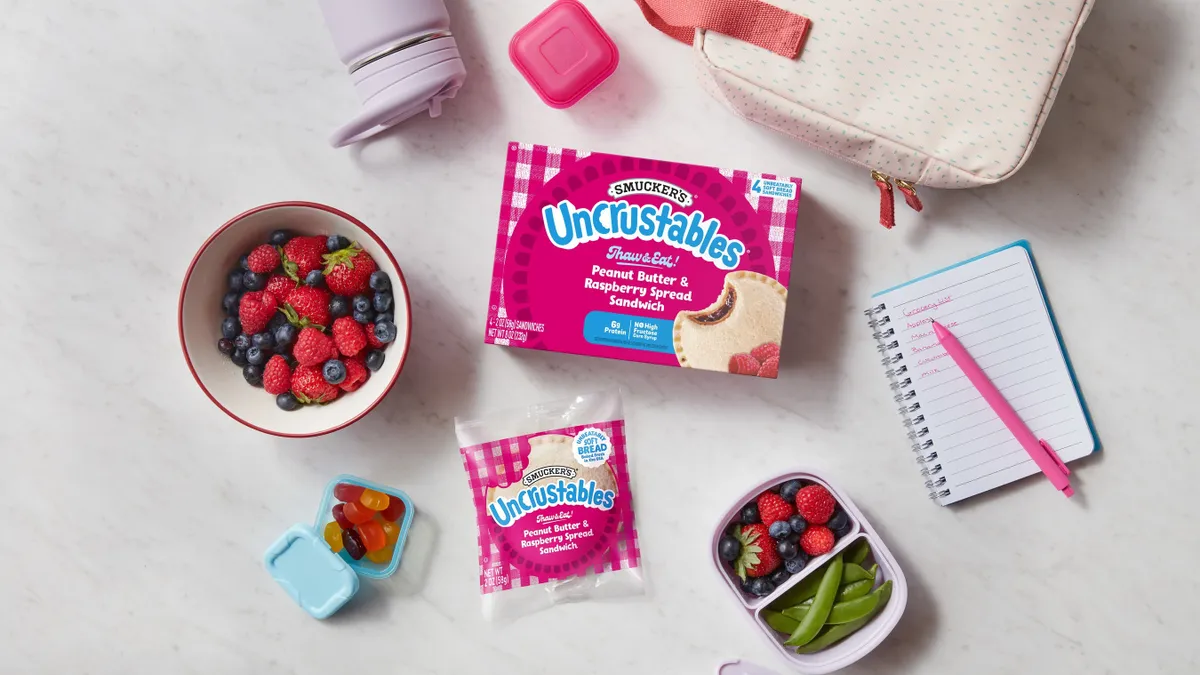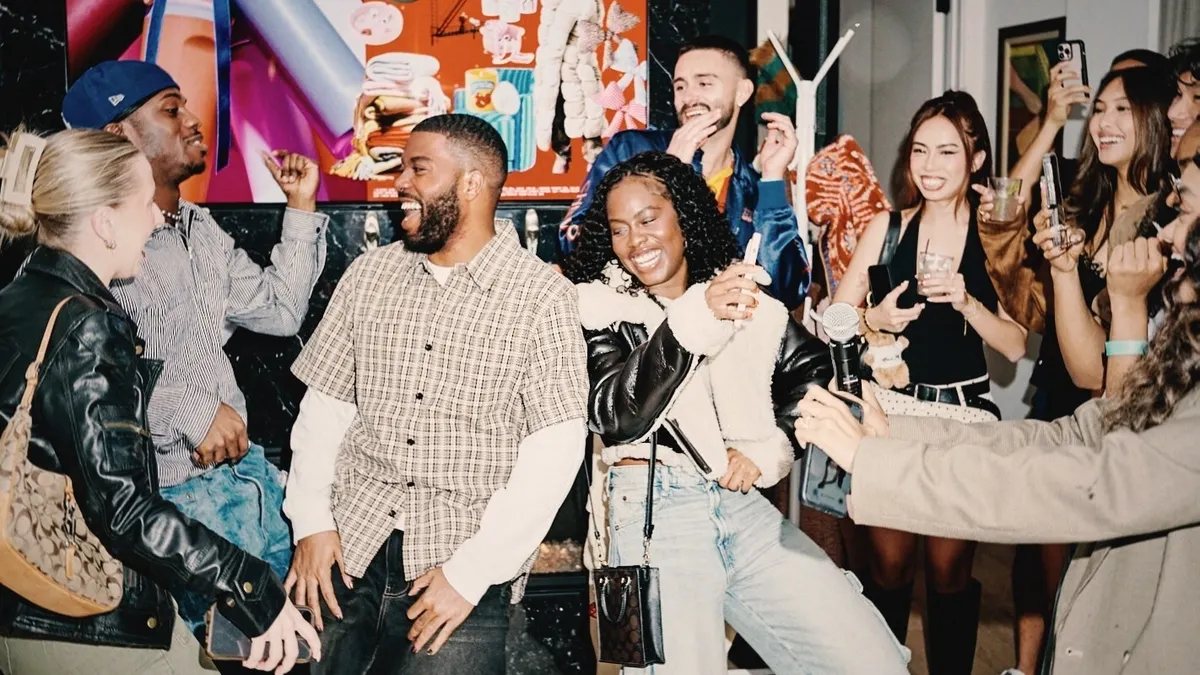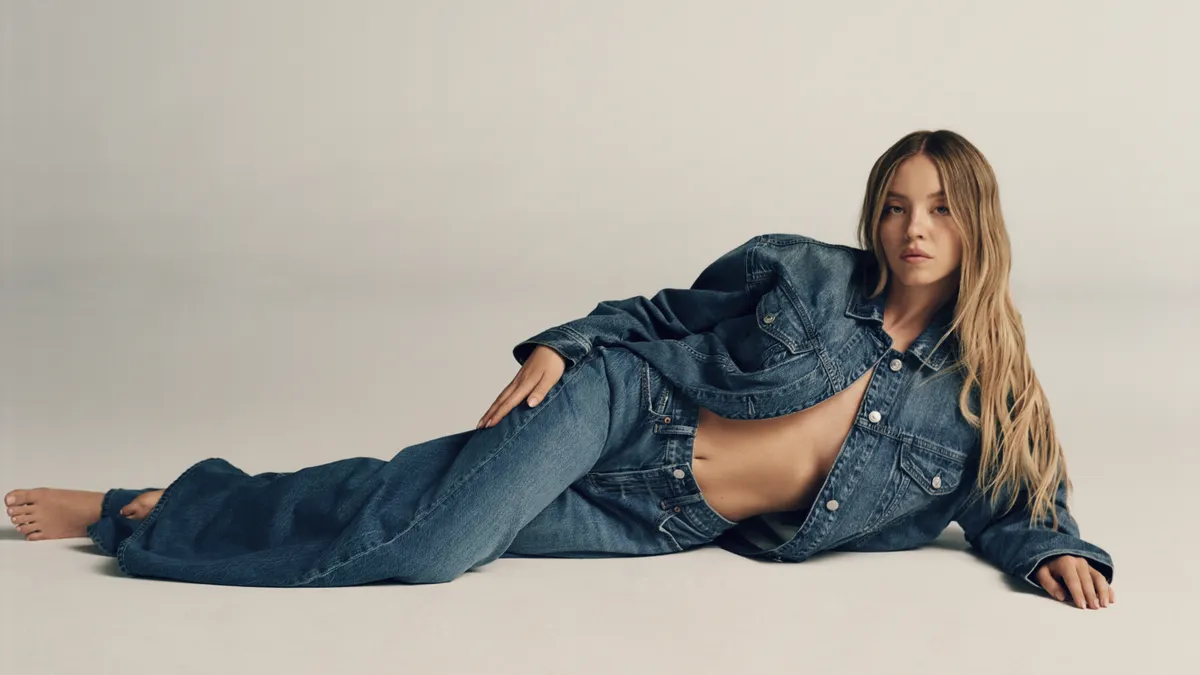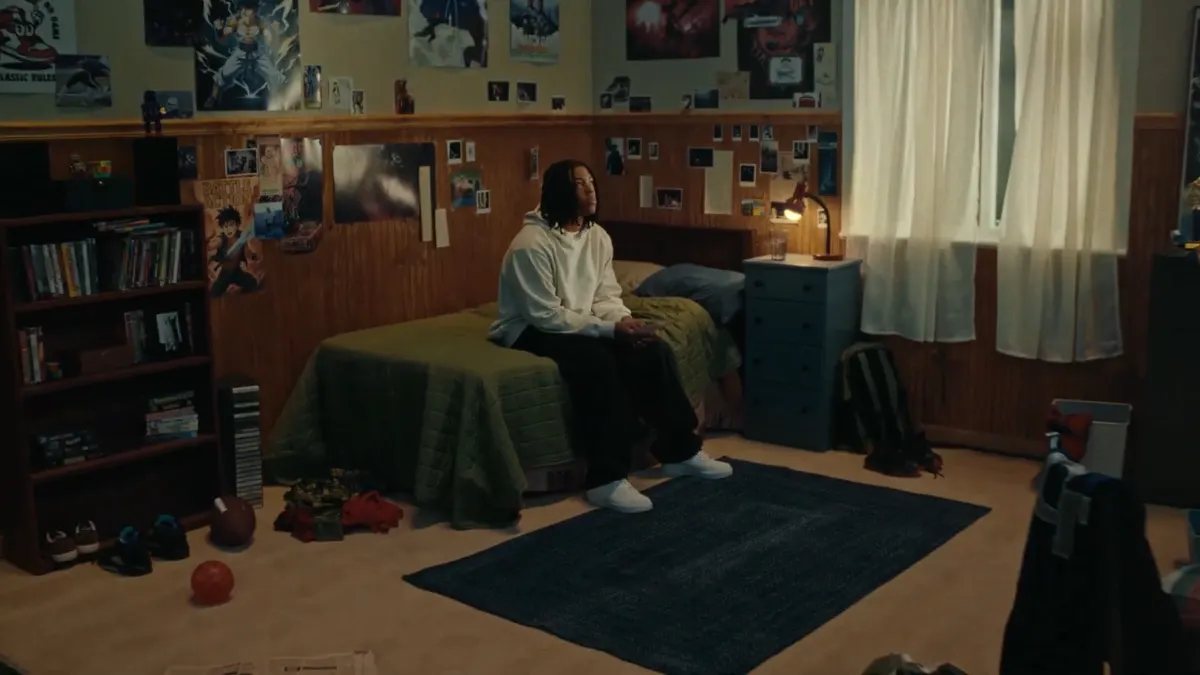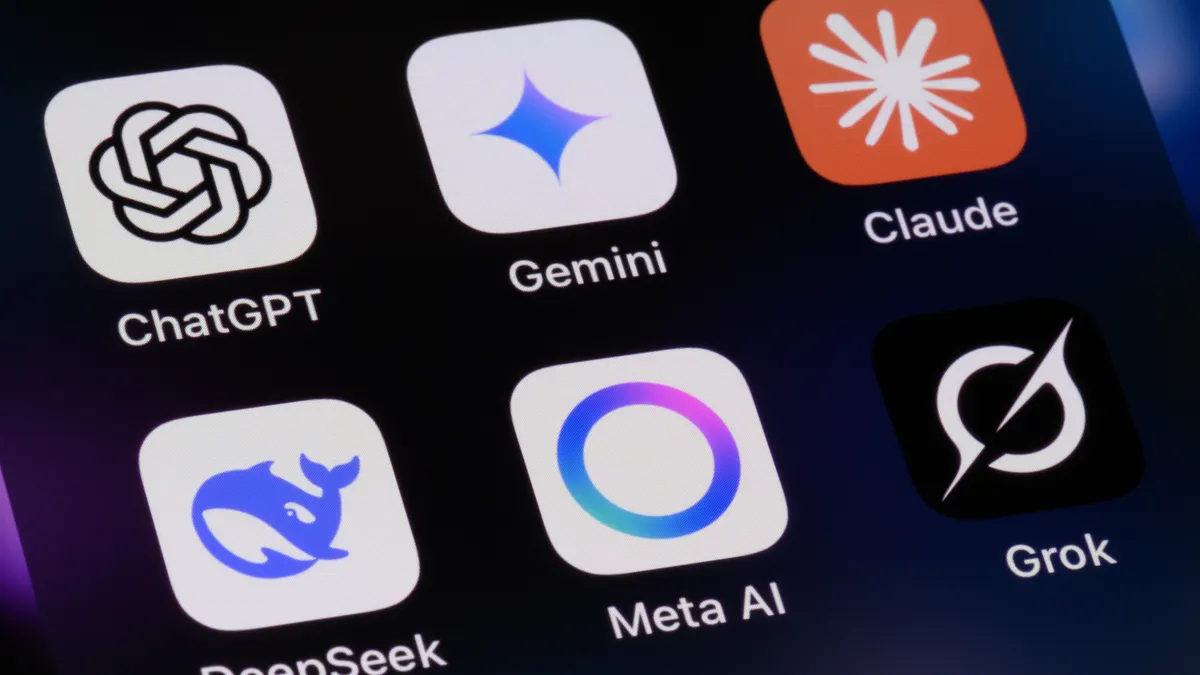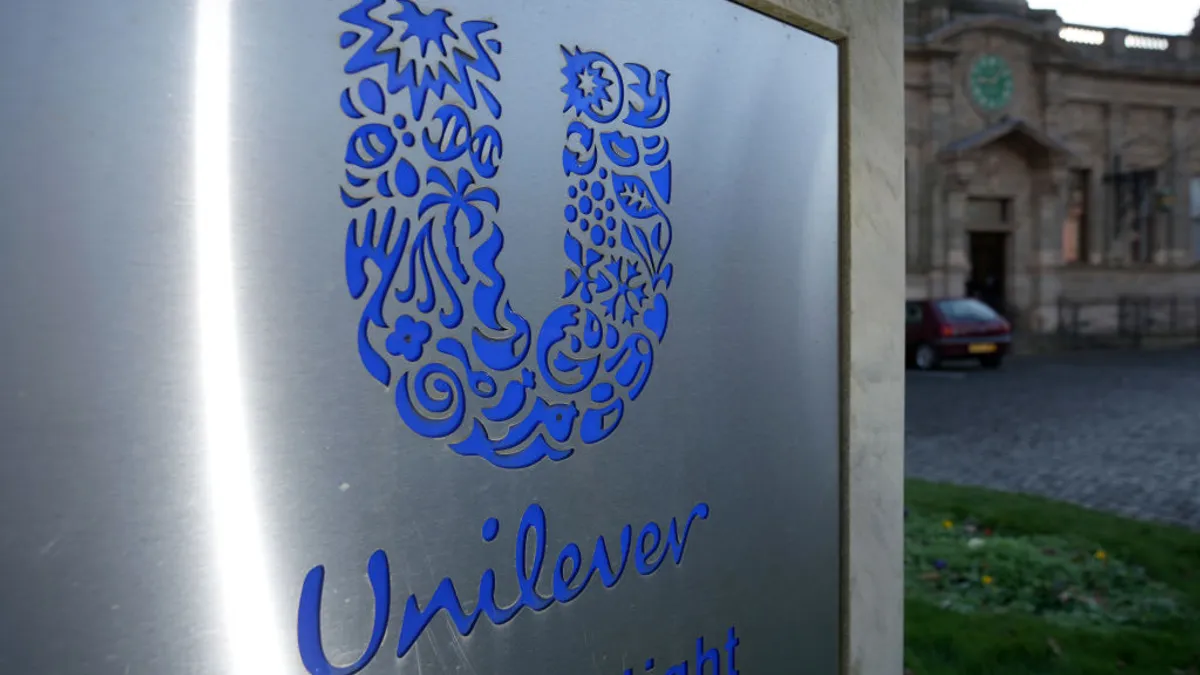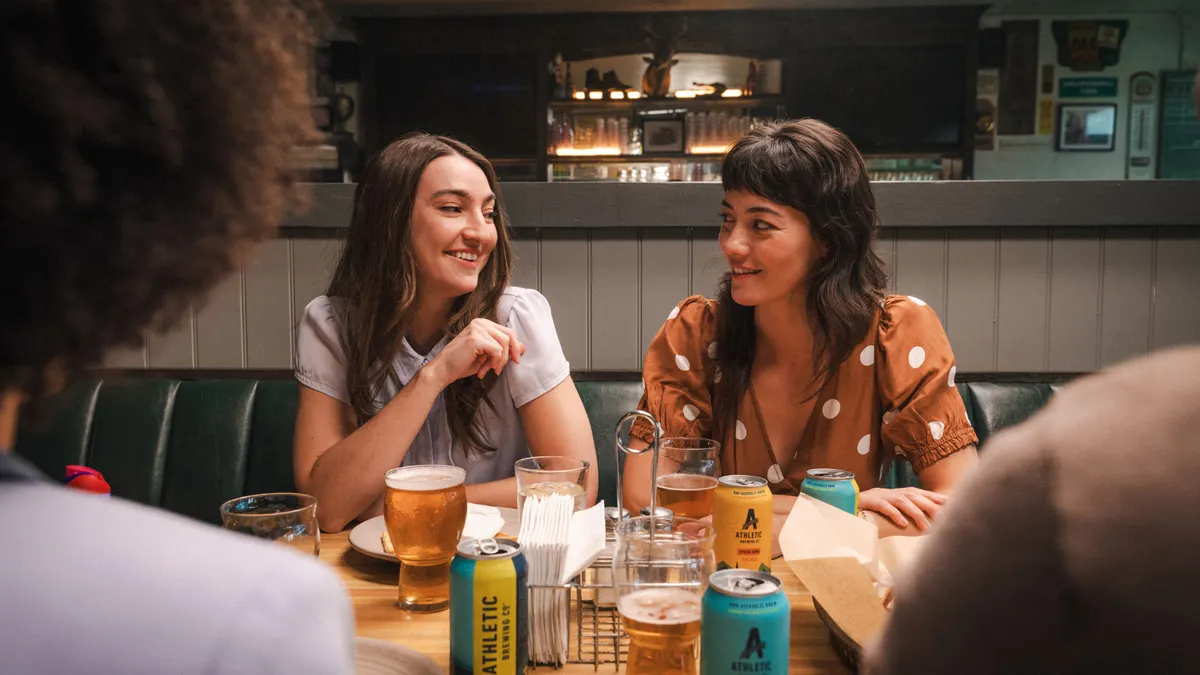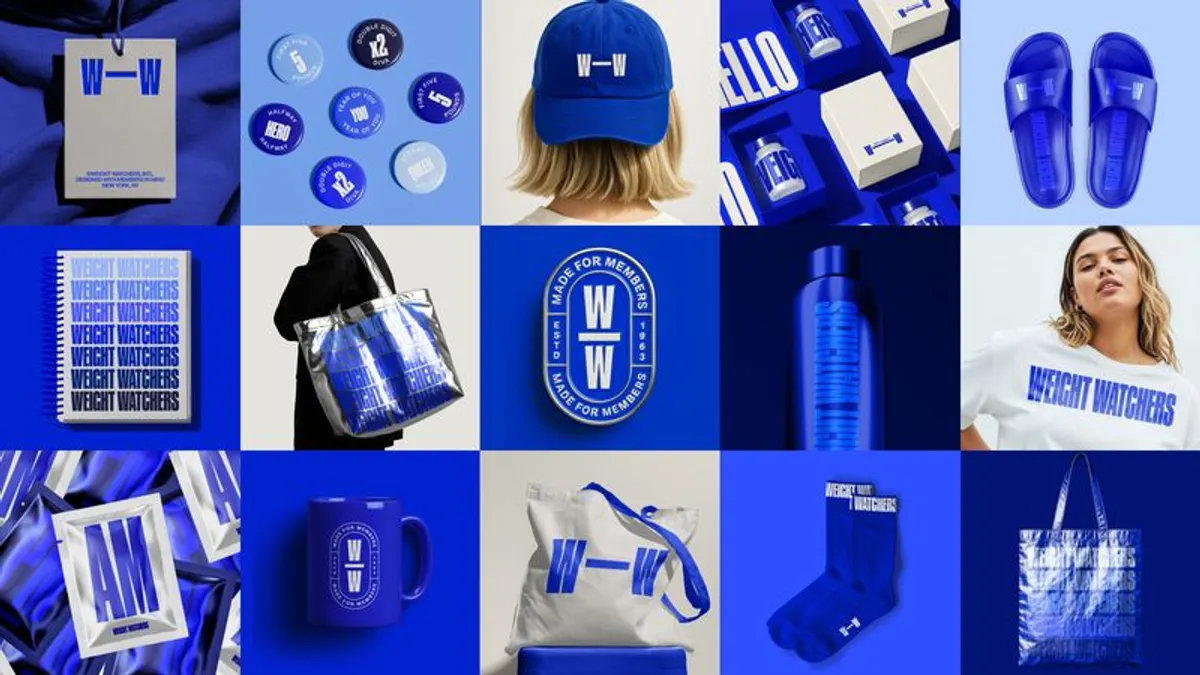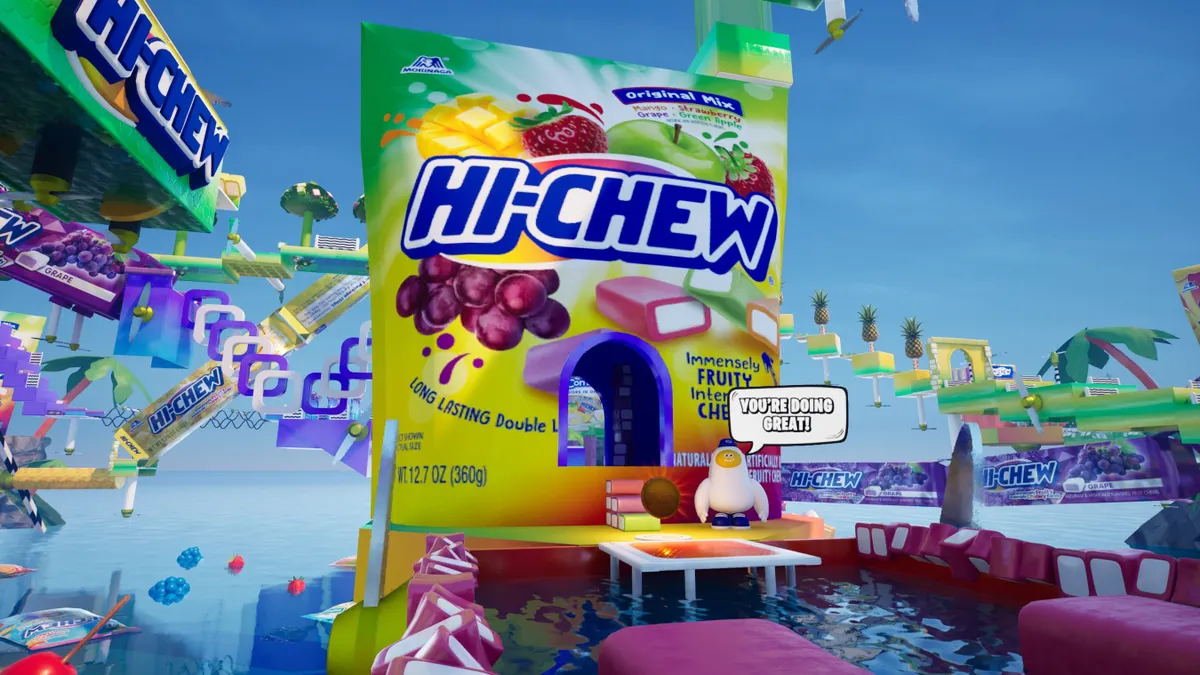J.M. Smucker has spent the last few years reshaping its portfolio to help it build brands that stake out a leading position in categories spanning pantry, snacking, coffee and pet food, and has similarly reshaped its marketing model through realignment and consolidation.
The strategy appears to be working: The CPG giant boosted its 2025 outlook and has continued to refresh “dusty” brands, modernizing the Hostess brand that it acquired in 2023 ahead of an advertising campaign slated for this year. Plus, campaigns like Jif’s “Save the Celery” effort helped boost brand perception scores among Gen Z and millennial consumers and scored 1 billion earned media impressions in two weeks, per the company’s 2024 investor day report.
Leading the way for the company’s marketing is CMO Gail Hollander, who joined Smucker after several years as client lead for the marketer at Publicis, which streamlines the company’s creative, data and media functions at a bespoke unit called PSOne. Smucker’s next phase comes as the pandemic moves further into the rearview and the advertising industry enters a new era of productivity.
“It's a fascinating time. There's a convergence that has happened over the last couple of years between traditional brand building … and the power of pop culture,” Hollander said.
The executive spoke with Marketing Dive about that convergence and other trending topics, including retail media and artificial intelligence (AI), as she looked ahead to 2025.
The following interview has been edited for clarity and brevity.
MARKETING DIVE: Can you tell me more about how you view brand building in an era where pop culture is so important to marketers?
GAIL HOLLANDER: This convergence requires you to make sure that you don't forget the traditional pillars of brand building, but you have to recognize the fragmentation and be able to use the power of pop culture.
For us, that means that a brand always has to have a point of view that has longevity, provided that the marketplace doesn't change underneath your feet. You always need a brand idea with broad shoulders, and you always have to have those guidelines that keep your brands held together. But you have to recognize the behaviors that exist in each channel and platform, and you have to play to those behaviors.
It's important to make sure that you don't forget those principles of brand building that have stood the test of time as your foundation, because otherwise you're just throwing stuff up on the wall to see what sticks.
How does that affect how you approach media mix?
Way, way long ago, one size fits all was fine: did it, done it, dusted. Now you have your foundation, but you have to recognize those channels and platforms, and it gives you the opportunity in execution. We put all that together, and that's how we're able to constantly extend our reach with different channels and platforms, but make sure that our brand is showing up as one brand, rather than a fragmented brand all over the place. You can’t take something from TV and [put it out] as an online video. You're not leveraging the power of the creative, the power of the platform or your investment to its greatest degree.
How do you approach that fragmentation, especially when something like the TikTok situation unsettles the market?
We operate on a reach-based system, so everything that we're doing is trying to increase reach among our target audience or sources of volume. We invest where our consumers are spending their time, which gives us a roadmap or guidelines as to where you need to go. Each platform that we add has to add incremental reach, so we have a very diversified channel mix.
If one platform or channel has to fall out for whatever reason, we don't lose too much, because of that diversification, and we have the opportunity to make sure that we continue to invest where our consumers are spending their time. The diversification saves you from a sinking ship, truthfully.
How are you taking advantage of the rise of retail media networks (RMNs)?
Retail media has become exponentially more important, and the brand-building tool kit and its ability to go beyond just conversion and also be an awareness and consideration driver is what's making it a priority in a lot of our media investments.
Historically, you had a bucket of money for retail media and a bucket of money for awareness, and those two things were separate. But because it's really a cycle of awareness, consideration and conversion, having that separation is not helpful in driving the strength of your investment.
We look at our media investments holistically, and we actually look at what is it that we need to accomplish? How much awareness, consideration and conversion do we need to do? What channels, regardless of if it's a RMN or not, what channels will best allow us to achieve our objectives? You have to look at [RMNs] as partners, and also look at their media capabilities — not all media capabilities are served up equally. It's constantly a balance.
We’ve seen companies work to connect their sales and marketing functions, especially via data. Is that something J.M. Smucker has done?
We have. A number of years ago we took down those fiefdoms when it comes to how successful any one particular activation is being, and so we take a look at all the different data sources to help us with planning. We have a bunch of planning tools where we're able to input all of what we know to figure out exactly where and how much we should be spending, then we have the data signals that are helping us understand how is it doing.
The real game changer for us was our use of Keen and their predictive modeling capabilities that has unlocked so much for us in terms of understanding not only how much we should spend, but what the mix should look like in order to maximize the effectiveness of our investment.
AI remains a hot topic. How have you approached it, and where do you think it’s going this year?
We have been using AI and we've leaned in when it comes to identifying our sources of volume and scaling those with lookalikes and figuring out not only who we want to talk to, but how we reach them. We've got a lot of AI capabilities that we're using around that. We've got AI capabilities in terms of concepting and being able to research the validity of any concept. When it comes to creative development, it's really a combination of humanity and gen AI — it's that combination that ends up getting put on the table, but it is still driven by human beings.
Where we've actually leaned in most recently is in automating a lot of our social and retail media network assets. You can create templates and then just automate them, and what would have taken three weeks to put together you can do in three minutes.
Where is it going to go in the future? Who knows, but it's absolutely something that has to become part of the toolkit. Where is it best used, and how is it contributing to driving your business growth?
We’ve spoken about brand refreshes before. What informs that process in the current climate?
You constantly have to be refreshing your asset mix or your content. We live in a digital world, and the importance of the new is real. It's our responsibility to make sure that we're providing enough “new” to consumers that we keep their interest.
Life is hard, so the idea of providing positivity and levity and being a positive impact during the day versus a drain of some sort is our responsibility, because we have to earn every second that we get from our consumers.
And when something changes in the marketing landscape or the marketing ecosystem, you have to be honest enough to step back and rethink where you are. Then you have to go through the exercise of, what is your brand DNA, what's the human truth that's changed and what's the cultural truth that's changed, and that will allow you to build the right strategy in order to find a new way forward.


